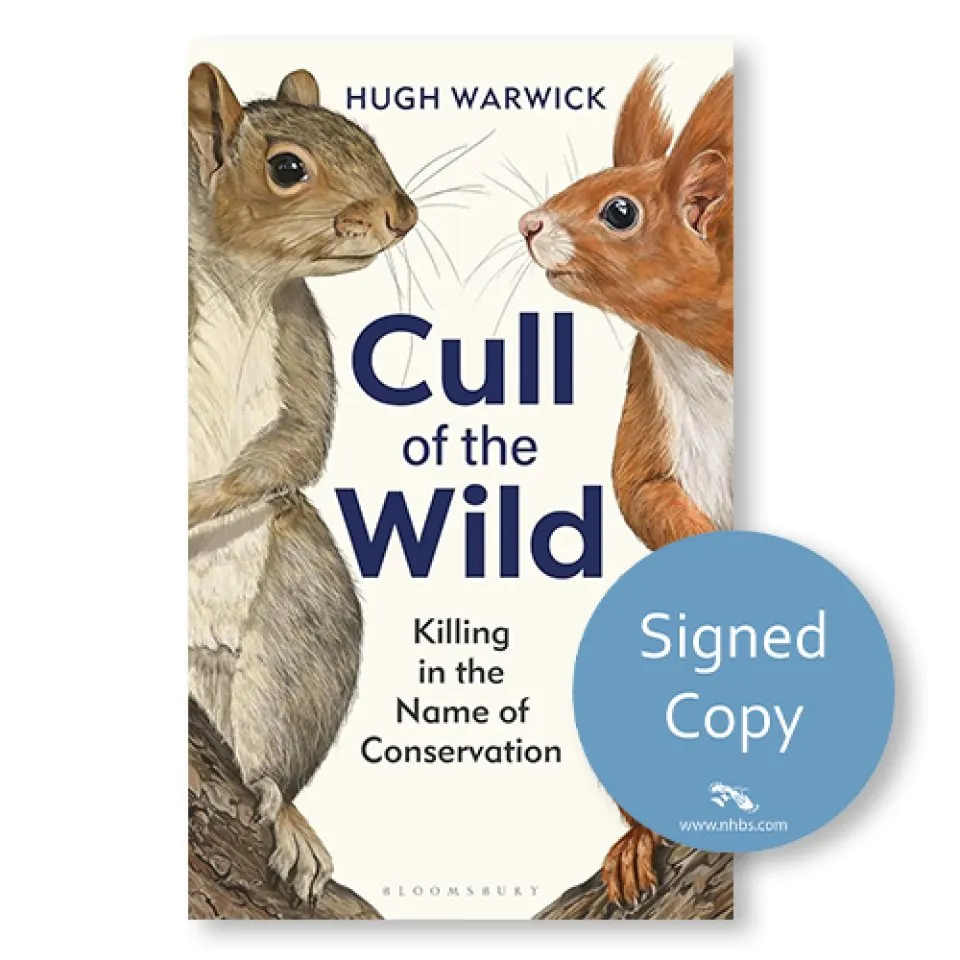 In Cull of the Wild, author Hugh Warwick investigates the ethical and practical challenges of managing invasive species to increase biodiversity. He explores the complicated history of species control over time, while also combining scientific theory and subtle humour, to explain the many issues conservationists face when trying to protect native species from their non-native rivals.
In Cull of the Wild, author Hugh Warwick investigates the ethical and practical challenges of managing invasive species to increase biodiversity. He explores the complicated history of species control over time, while also combining scientific theory and subtle humour, to explain the many issues conservationists face when trying to protect native species from their non-native rivals.
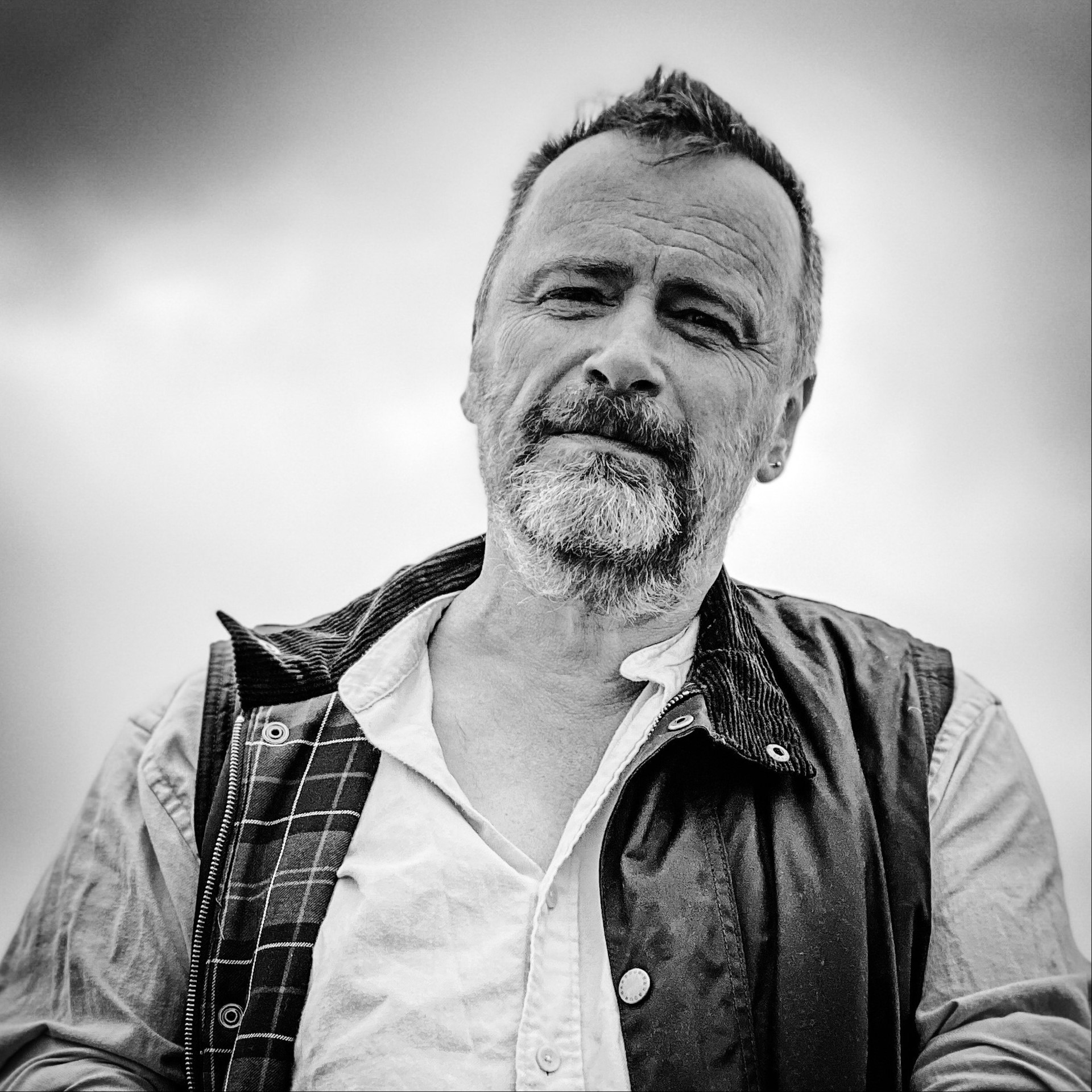 Hugh Warwick is an ecologist, conservationist and writer who specialises in the study of hedgehogs. He has published three books focusing on this species, however he recently expanded his field of study to include invasive species while writing Cull of the Wild. He has previously written for BBC Wildlife, New Scientist, The Guardian and The Daily Telegraph, is the spokesperson for the Hedgehog Preservation Society, runs courses on both hedgehog conservation, and lectures in creative writing.
Hugh Warwick is an ecologist, conservationist and writer who specialises in the study of hedgehogs. He has published three books focusing on this species, however he recently expanded his field of study to include invasive species while writing Cull of the Wild. He has previously written for BBC Wildlife, New Scientist, The Guardian and The Daily Telegraph, is the spokesperson for the Hedgehog Preservation Society, runs courses on both hedgehog conservation, and lectures in creative writing.
Hugh recently took the time to talk to us about his book, including what inspired him to write Cull of the Wild, how he hopes his book will help future conservation methods, and more.
Firstly, what inspired you to write a book on the culling of invasive species?
The very first independent field work I did in 1986 – for the 3rd year project of my degree – took me to North Ronaldsay. My supervisor had a friend who was both the GP and the bird warden on this island, the most northerly in Orkney. He had noted that there seemed to be a correlation between the increase in number of imported hedgehogs (that was the postman’s fault!) and the decrease in breeding success of ground nesting birds – in particular the Arctic Terns. My work was to try and find out how many hedgehogs there were. This turned out to be around 500 – not the 10,000 the Daily Express had reported! The bird observatory organised an airlift to remove the hedgehogs after I had gone and I returned in 1991 to repeat the survey. Since then I have found the collision of ecological study with human concerns really fascinating.
This led me to become involved, rather inevitably, in the Uist hedgehog saga, where the RSPB and Nature Scotland were killing the hedgehogs for the very same reason they had been airlifted from North Ronaldsay. I quickly shifted from reporting on the story for BBC Radio 4, to joining the campaign against the cull, and then doing the research that helped stop it. But while all this was happening, I met a researcher from New Zealand who was telling me that they were killing hedgehogs over there (in the 1860s we sent a load of hogs over to help the colonialists feel more at home) I could see no reason not to kill those hedgehogs.
That apparent contradiction has been spinning in my head ever since and was the springboard for this book.
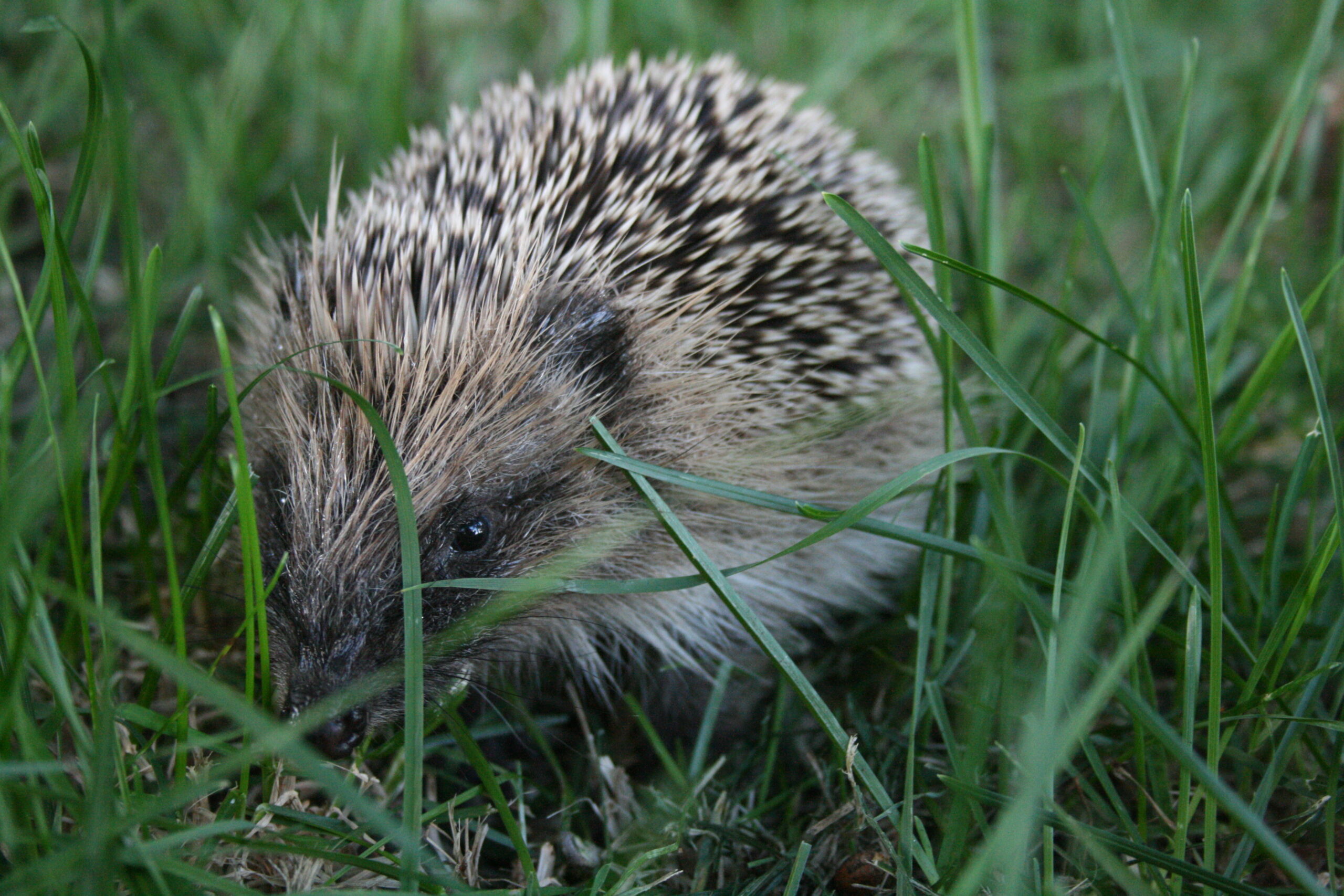
How did you find researching such differing opinions on the subject, and have your preconceived opinions changed over the course of writing this book?
I found this book so very different from all the others I have written. Previous outings have always been with people who are just really pleased to talk – to share their enthusiasm for Beavers or Water Voles or owls. This was the first time where I felt like the initial communication was almost like a job interview – assessing whether I was suitable to talk to. Some people simply refused to talk, others were cagey. I guess I was quite naïve!
The journey of the book is basically one where my head and my heart are in constant debate. I lay out my ‘bunny-hugging’ prejudices at the start. I suppose I was hoping to find that all instances where animals were being killed could be dealt with in other ways.
One of the biggest lessons I learnt, though, was about how people, even ones with whom you have fundamental differences of opinion, share so much common ground. But you will never see that common ground if you charge in at the difference! I love that one of my potentially conflicting interviews ended up with the biggest argument being over who recorded the best version of Sibelius’ 5th Symphony!
In Chapter 1, you discussed that animals are shown to be continually developing to become more like humans – problem solving, making and using tools etc. Do you think this gradual form of humanisation may lead to more equal ‘rights’ between animal species and humans in relation to killing for conservation?
I would not look at this as humanisation – that is slipping back into the human exceptionalism that got us into this mess. Currently the degrees of cruelty we deliver to wildlife is arbitrary, based in large part on language and on the names we give them, even different members of the same species.
We need to recognise that these animals being killed experience pain, joy, fear and hope. If the realisation that different species have the capacity to do human-like things is enough to get this recognised, then that is some progress.
I have been gently eased away from the concept of ‘rights’ for animals and towards a desire to see cruelty minimised. Rights are important and I see their value – but here, I feel the best outcomes will emerge from a utilitarian desire to maximise good and minimise bad. Though that requires we have the idea that these animals, most of whom are simply in the wrong place at the wrong time, are individuals and can suffer.
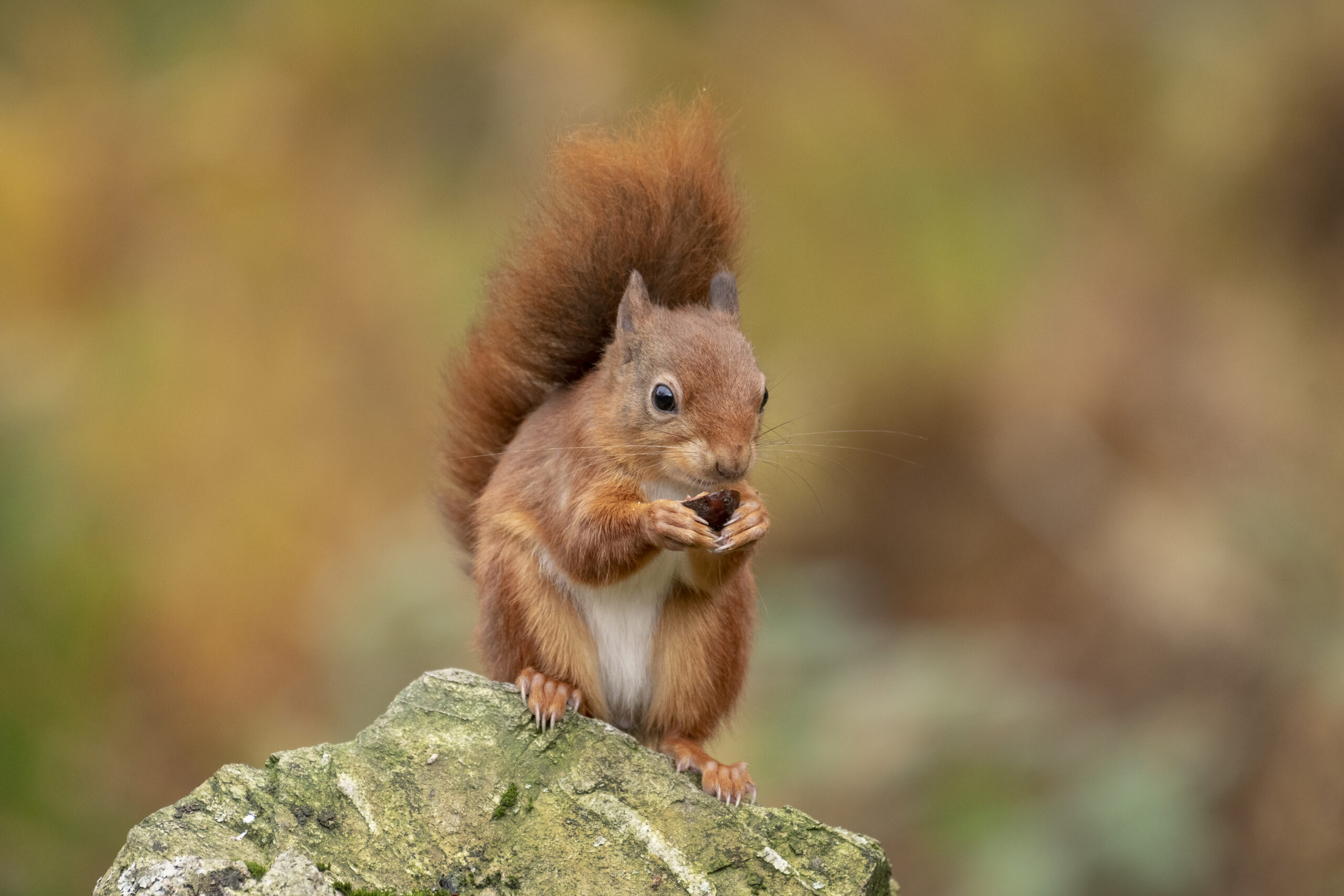
You must have visited many places and spoken to many different people about different species while you were writing this book. Were there any particularly memorable moments or experiences that that have stayed with you?
I did not get to some of the places in this book – time, Covid, money and a desire to minimise flying all conspired to keep the exotic interviews on Zoom. But the adventures I did have were all special.
Heading out along the coastline of South Ronaldsay, Orkney, with Spud – the most handsome labrador I have ever met – was magical. The wind blew, the surf crumped in from the Atlantic, and Spud, well, he followed his nose and we followed him as he tracked down evidence of Stoats.
The Stoat story is so important – it is about speed and trying catch this problem early – they were only found in 2011. But more than the practical, it is also about the buy-in of the local population. If the public are not onside, the conservationists can give up now. So it is about education and communication as much as it is about deciding which traps to use and where to site them.
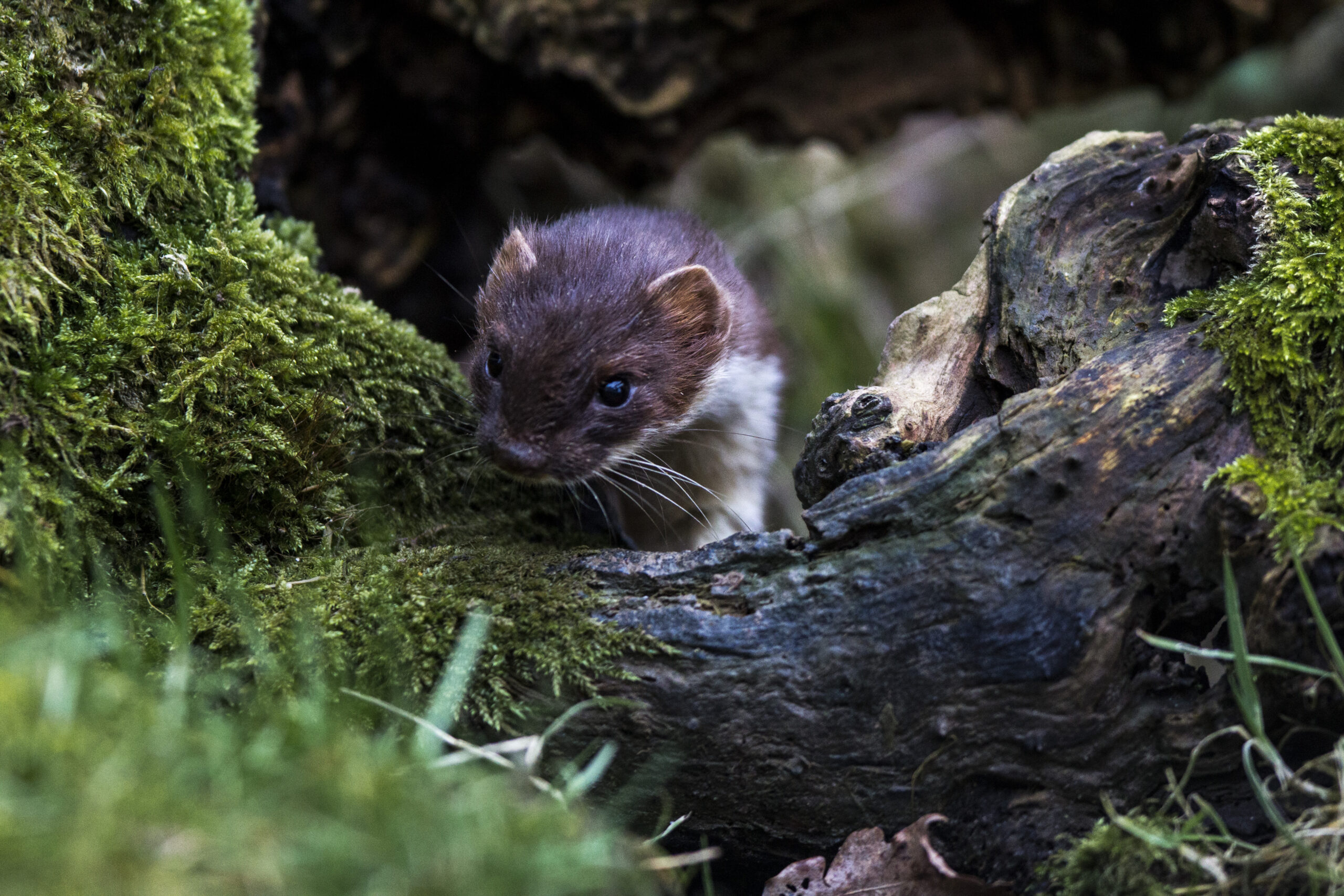
In what way do you hope that Cull of the Wild will help future animal conservation efforts?
The overarching message I hope people get from Cull of the Wild is that ecology is both fascinating and VERY challenging when it is part of a conflict. Ecology is not given the level of respect that it should receive. It is always sidelined – economics and politics hog the headlines – yet both of those are but subsets of the wider ecosystem. Without a healthy ecosystem we are on a downward slope to disaster. So, I hope that people will read this book, maybe because they are outraged at the killing, and will then come away realising that ecology is very complex and should be treated with great respect.
I also hope that this book will convince people who hold very firm opinions – opinions that are often amplified by the bubbles in which we tend to linger – that people with differing views may well share many of the same values as themselves. And that to begin discussion at the common ground is the foundation of progress. Argument should not be about winning, but about making things better. Remember, it is quite possible that some of the things you know are wrong. A friend of mine turned up at a conference recently with a t-shirt saying ‘Don’t believe everything you think’. We should be humble enough to recognise we might be wrong.
Are you currently working on any other projects that you can tell us about?
As I write this, the lovely people at the publishers Graffeg are hoping I will stop promoting Cull of the Wild and finish the two books I owe them: one on bats and the other on nocturnal nature. I have another narrative nonfiction brewing – about as different to this book as imaginable. Something which will hopefully bring laughter into our love of nature.
Cull of the Wild is available to order from our online bookstore.







